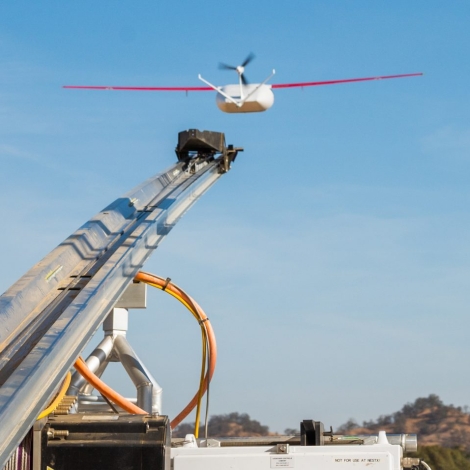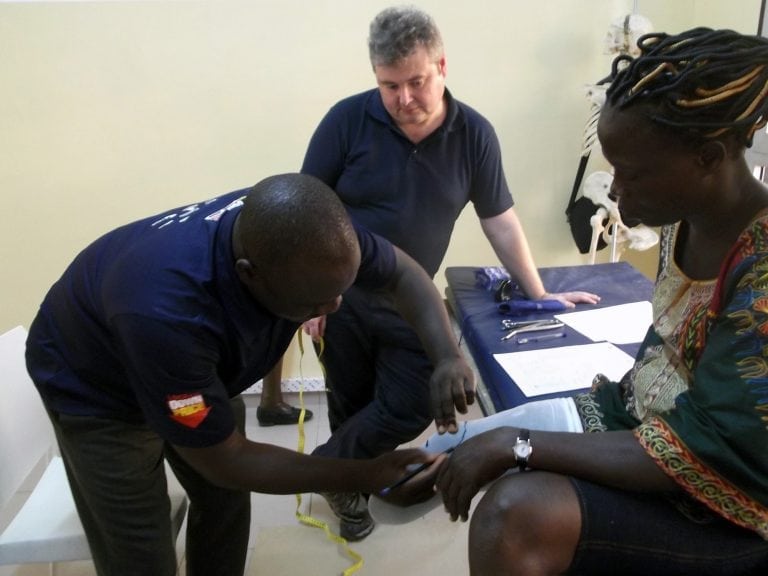Drone shipments and air deliveries were expected to be the new game-changing technology for most of the tech giants such as online retailers, online delivery companies and ridesharing apps. However, the technology, practicality and regulatory aspects have been proven to be much larger obstacles than expected in order to deliver a scalable implementation of these new cutting edge services. The current forms of deliveries (cars or even bikes in some cases) have been proven to be more practical, less expensive and much simpler to implement until now. Even many of these tech giants decided to sunset their drone programs due to the lack of their scalability for the intended purpose.
These early experiences are a glimmer of hope for a struggling medical supply chain in low- to middle-income countries.
Although the usefulness of the drone delivery technology could currently seem extremely limited to the mainstream at the moment, a few startups have found a critical use case in the African continent providing necessary medical supplies to rural communities with poor infrastructure. One of the companies, Zipline, is currently running a few dozens of flights daily in Rwanda in several regions of the country. Many medical products, that are not used on a daily basis and with a short shelf life, are critical to a normal operation of medical facilities, making it a challenging task to afford stocking them in small clinics. In rural areas that are usually less developed, poor road infrastructure and connectivity increases the transit time and the cost to efficiently move the products from the main distribution center to the destination. In those cases, Zipline’s drone delivery has acted as a quick and low cost distribution network for all these necessary medical supplies to Rwanda’s medical facilities in the remote areas of the country.
The success of the pilot program has led to its expansion to other countries such as Ghana. These early experiences are not only a glimmer of hope for a struggling medical supply chain in low- to middle-income countries, they pave the way to scalable adoption. They also bode well for other potential applications outside of the medical field, where a quick response is key to saving lives.
Drone technology is only one of many aerospace technologies that are currently being employed for humanitarian purposes, discover more of these technologies here.
About the Author
Omar Kheir is an expert in process improvement, optimization and inventory management at EPCOM, and a member of the American Society of Mechanical Engineers. He creates innovative solutions to engineering and business challenges.

